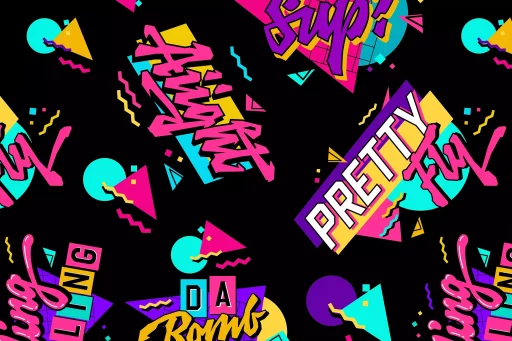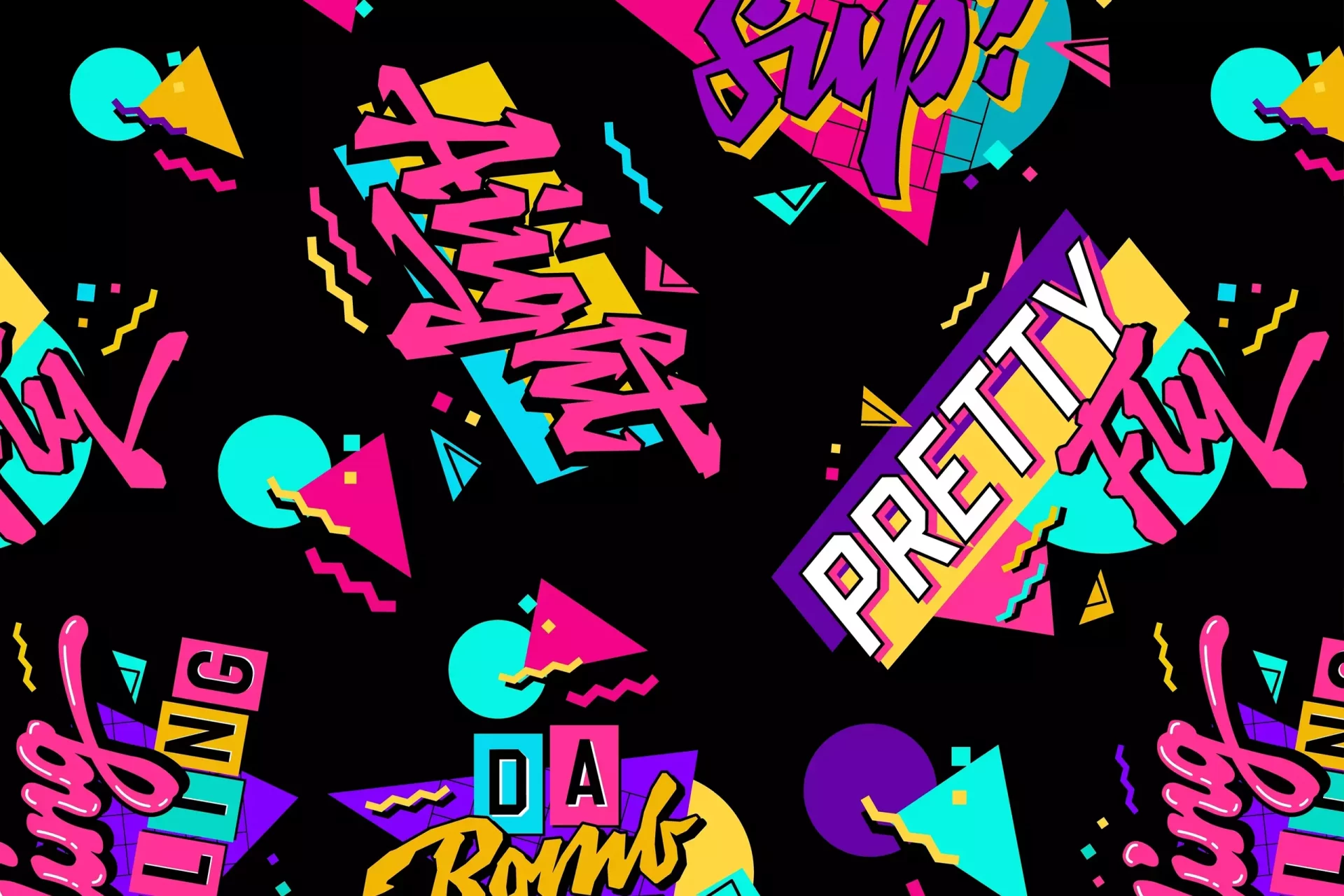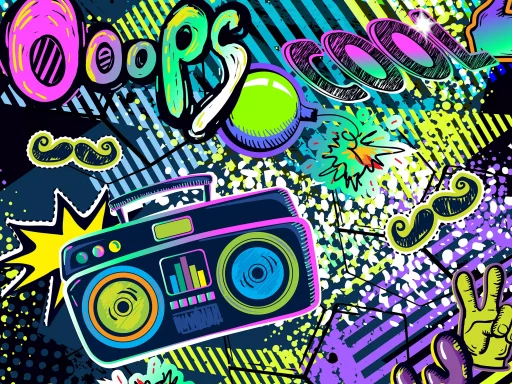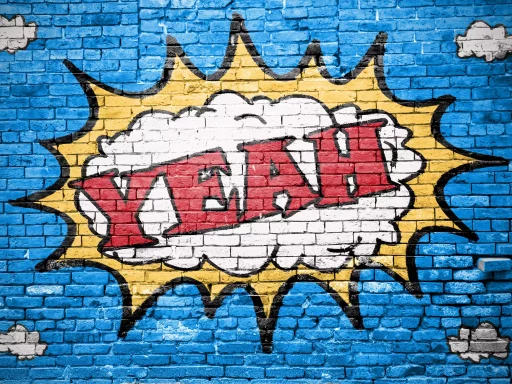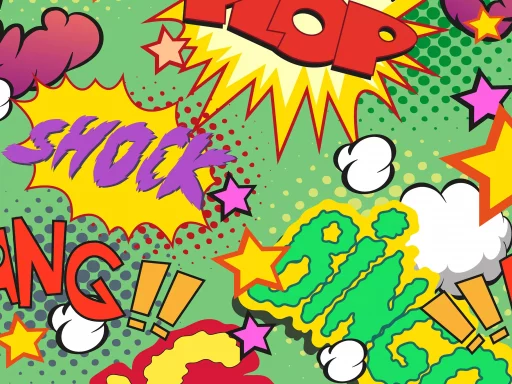Introduction
In today’s digital age, social media has transformed the way we communicate and interact with friends. Snapchat, a platform known for its fleeting messages and engaging user experience, employs a unique friendship algorithm that can sometimes confuse users. One focal point of this confusion is the ‘Best Friends’ feature. In this article, we explore whether having someone as a ‘Best Friend’ on Snapchat indicates a mutual relationship.
Understanding Snapchat’s Best Friends Feature
Snapchat’s Best Friends feature is designed to highlight the users you interact with the most. This is measured by several factors including the frequency of snaps you send each other and the overall engagement.
- Best Friends List: This is a dynamic list that updates frequently based on your interactions.
- Public Display: Your Best Friends can be seen by your mutual friends, leading to some privacy concerns.
- No Confirmation Required: Just because someone appears on your Best Friends list does not mean they feel the same way about you.
Does Best Friends Mean Mutual?
While it might seem logical to assume that a Best Friends designation signifies a mutual relationship, this is not always the case. Here’s why:
- Asymmetrical Relationships: You may send a lot of snaps to someone who does not reciprocate the same level of engagement. In this scenario, you would see them as a Best Friend, but they might not have you on their own list.
- Algorithm Focus: Snapchat’s algorithm prioritizes quantity of interactions over emotional closeness. Thus, someone can be highly engaged with you (making you their Best Friend) while you’re just casually communicating.
- Different Interaction Styles: Each user has a unique way of engaging. Some people might prefer texting while others may lean heavily on snapping, creating a disparity in how relationships are perceived.
Case Studies: Real-Life Scenarios
To illustrate how Best Friends can reflect asymmetrical relationships, let’s consider a few scenarios:
Scenario 1: The Social Butterfly
Emma is a highly social person who frequently snaps her friends throughout the day. She may have several users on her Best Friends list, like Jack and Lily. However, Jack might not be as engaged with Emma, as he prefers texting instead of snapping. While Emma may see Jack on her Best Friends list, Jack might see her as a casual friend, reflecting the asymmetrical nature of their engagement.
Scenario 2: The Over-eager Snapper
Mark often snaps someone he admires but who doesn’t reciprocate. As Mark sends more snaps, he becomes this user’s Best Friend, while they remain only an acquaintance in their eyes. This dynamic showcases how Best Friends on Snapchat doesn’t necessarily signify a heartfelt mutual connection.
Statistics on Snapchat Engagement
Understanding how users engage with Snapchat can reveal much about interaction differences:
- Snapchat Daily Active Users: As of 2021, Snapchat had over 500 million monthly active users, with 280 million using the app daily.
- Average Snaps Sent: Users send over 5 billion snaps every day, leading to various levels of interaction.
- Preferential Connections: A survey indicated that 60% of users believe that a high frequency of snaps does not correlate with a close friendship.
Conclusion: Navigating Friendships on Snapchat
In summary, the Best Friends feature on Snapchat can often create misunderstandings about friendship dynamics. Whether or not a Best Friend designation means mutual affection can vary widely among users due to diverse interaction styles and behaviors. For those navigating relationships on Snapchat, it’s essential to focus not just on interaction frequency, but also on how both parties perceive and value their friendship.
As with any social media platform, clear communication remains key. Understanding the fluidity of online relationships can help ease some of the confusion surrounding the Best Friends feature on Snapchat.
